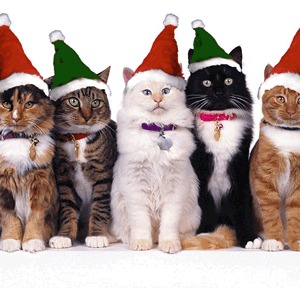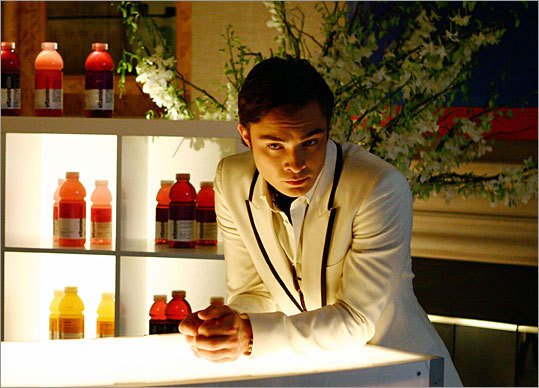This Thanksgiving, as per my family tradition, I am spending part of the week in San Francisco. Along with the sightseeing San Francisco has to offer, the shopping, and the museums, my San Francisco adventure would not be complete without visiting the lovable kittens and puppies within the holiday displays in the Macy's store in Union Square.
For anyone unaware of what I am talking about, every year during the holidays Macy's partners with the SPCA and sets up a holiday window display with puppies and kittens in need of adoption inside of them. The thousands of passerbys on the street will walk passed the adorable pets and some will end up adopting them, and according to the SPCA's website, provide a home for the animals which is, "The greatest gift of all."
I love walking passed these cute animals, but is doing this helping Macy's or the SPCA in any way? I think it is. When people see the cats and dogs in need of a home, they feel a need to nurture the animals and possibly take in one, helping the SPCA. This visual appeals to one of the 15 Basic Appeals according to Jib Fowles: the need to nurture. By seeing these animals in person, it triggers a person's paternal or maternal instincts, resulting in someone bringing a dog home.
This also helps Macy's. Not only is the store doing a good deed by giving publicity to a good organization trying to find new homes for animals, it is also helping themselves. When I think of Macy's during the holidays, I think of them doing this. I think higher of Macy's because of it. I think to myself, "does any other company do this for animals?" Overall, the whole campaign gives me a better feeling when I shop at Macy's, and regardless of whether or not I actually like the clothes they sell more than others, I feel better about shopping there.
This also incorporates the idea of "odd advertising" in order to break through the clutter. Odd advertising was talked about in the documentary titled Persuaders. It is not everyday that you see kittens and puppies in store windows. It really captures your attention, even when you are surrounded by a lot of other advertising. In San Francisco there is a lot to look at, but, personally, seeing the cats in the windows captures my attention because it is unique to Macy's.

-Liv
















